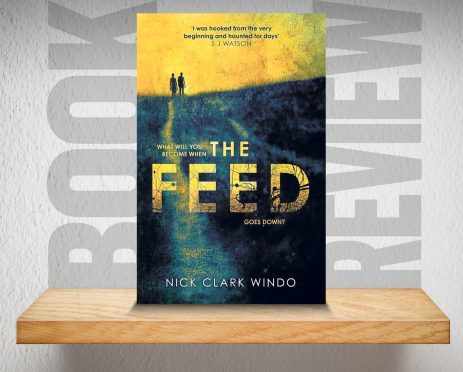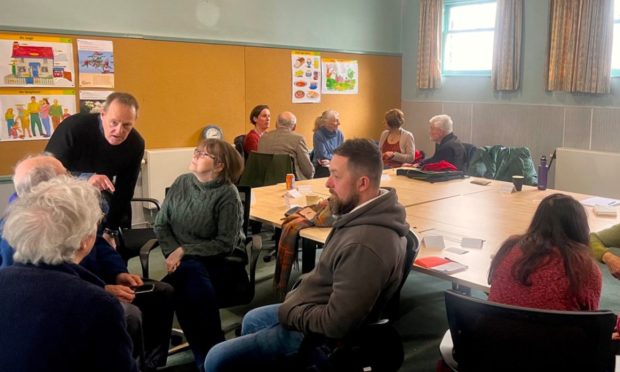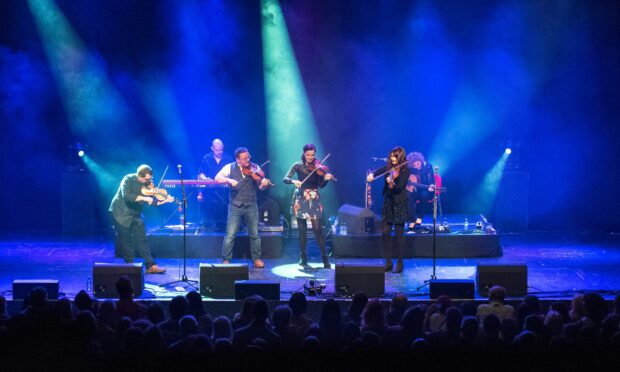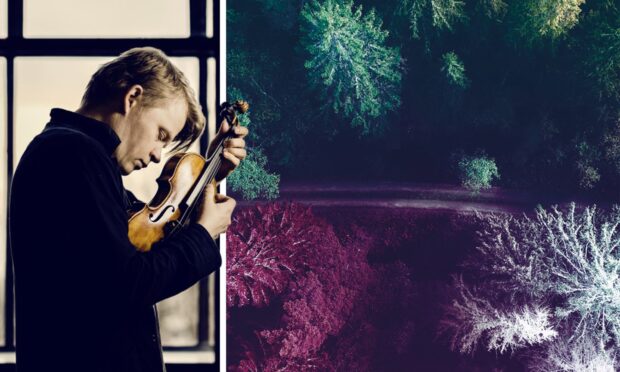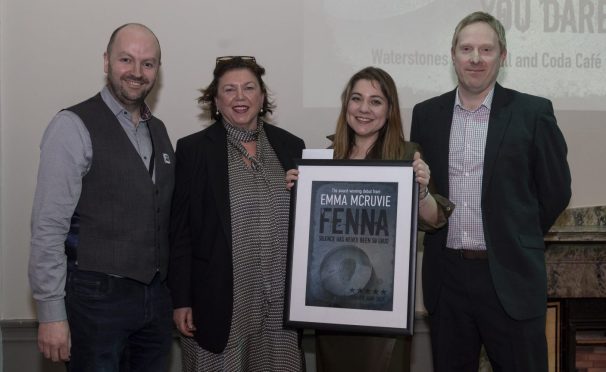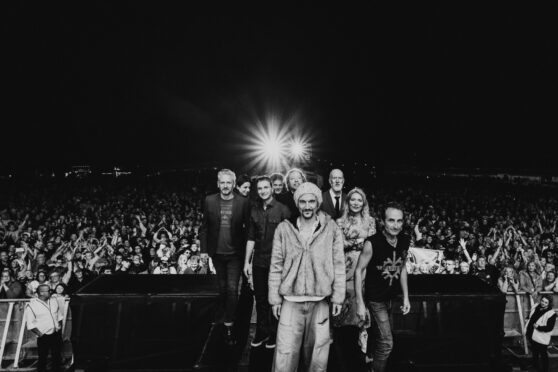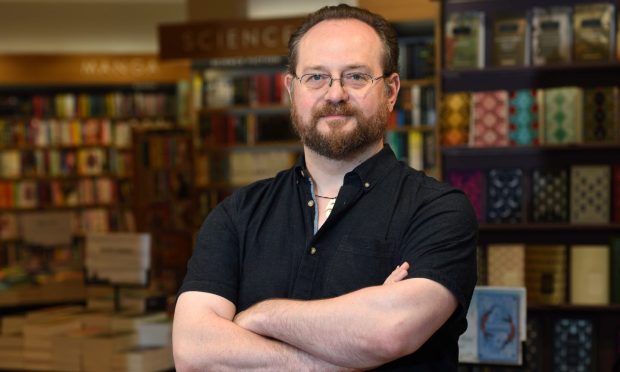Imagine a world in which Facebook, Google, Wikipedia, Whatsapp and myriad more online tools all exist in one place – inside your brain.
The Feed – as imagined by Nick Clark Windo, stepping out of the film industry to launch his high-concept debut novel – is a resource that offers seamless connectivity to anyone who is ‘enabled’ (almost everybody is) while providing any and all pieces of information in the blink of an eye.
But this cautionary tale does not dwell too long on the realities of living with the Feed, instead detailing the rapid fall of civilisation when the addictive tech goes bang, leaving a dependent mankind impotent and defenceless.
Tom, Kate and their six-year-old daughter Bea are forced to adapt to this hellish new world, made all the more terrifying when the girl goes missing.
Reminiscent of post-apocalyptic books The Road and Station Eleven, and evoking the zombie horror of Invasion Of The Body Snatchers, Clark Windo charts a compelling journey of paranoid survival, all the while skilfully revealing the reasons behind the crash of the Feed and the collapse that followed.
An adrenaline-fuelled fantasy that gains wild traction as it races into its final third.
